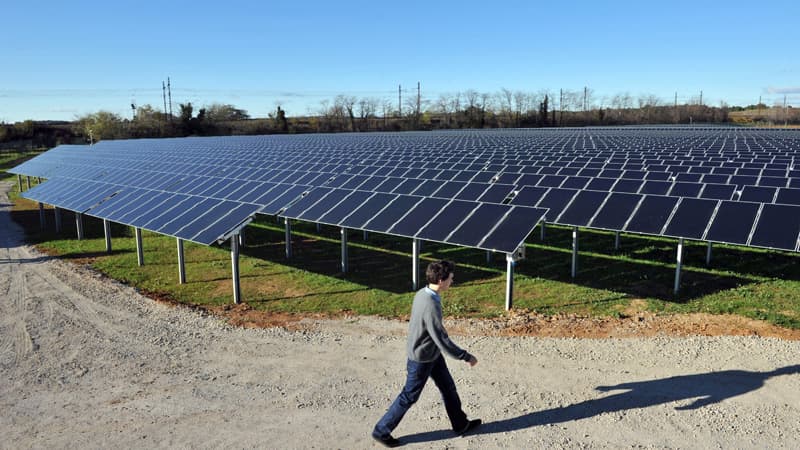Does France go to a decrease in solar electricity? Multiple energy programming (PPE3), currently debated in Parliament, establishes a trajectory to guarantee energy security and prices control, and depend less on gas and oil imports. Specifically, it is about carrying the participation of fossil fuels in the final energy consumption in France of around 60% in 2023 to 42% in 2030, then 30% in 2035.
To do this, the road map mainly put low carbon electricity (nuclear and renewable) with a participation that will increase from 27% to 39% between 2023 and 2035, and by renewable energy, excluding electricity (geothermal, biomass …), which must be increased from 15% to 30%. The ambition of the rhythm of the deployment of renewable energies is confirmed in particular for the offshore wind, while the earth wind must be maintained at its current pace. On the other hand, the document increases the growth of solar energy.
On Wednesday, the president of the Energy Wargon Energy Commission has increased in this direction in a statement of Echo : “It may be necessary to adjust certain objectives in terms of electricity supply, because demand has been late […] We must continue to mobilize the historic nuclear and hydraulic park, but there is a small margin on the side of other renewable energies. “
An imbalance between the production and demands of collapse in Spain on Monday?
This week, the Iberian Peninsula witnessed a giant collapse that revived criticism against the non -pilable nature of renewable energies, particularly developed on the other side of the Pyrenees. According to the Ree Spanish Electricity Network Manager, solar energy and wind represented almost 40% of the Spanish electricity mixture. It is almost double in 2014, and almost double the nuclear, which fell last year to 20%.
An evolution resolutely defended by the Executive, which has pledged to close all nuclear power plants in 10 years, but a source of tensions in the country, while several reports have indicated in recent months of possible risks in the absence of strong measures to adapt the network. In her annual financial document published at the end of February, Mother House of Reeia, Redeia, had thus noticed “the strong penetration of renewable production without the technical capacities necessary for proper behavior against disturbances.”
A message transmitted by the Spanish competition gendarme (CNMC) in a January report. “At certain times, the tensions of the” Electricity “transport network have reached maximum values close to authorized thresholds, they even exceed them at certain times,” the organization wrote. After Monday’s break, some experts in the sector wondered about a possible imbalance between production and demand (more difficult to correct in a network where the wind and solar energy weigh more) that could have contributed to the collapse of the Spanish electrical system.
In an interview awarded Wednesday morning in Cadena Ser, the president of Redeia and Ree, the former socialist deputy director Beatriz Cordor, however, it was assured that the production of renewable energy was “safe”. “Connecting the incident so serious from Monday to a penetration of renewable energies is not true, it is not correct,” he insisted, ensuring that the February report only made the list of potential risks, as required by the legislation.
Germany wants to accelerate in its storage capabilities
On the other side of the RIN, renewable energies are also sources of distrust between certain nuclear defenders, especially during the last elections. Eolian, Solar, Biomass or Hydraulic experienced a spectacular leap and covered almost 60% of the electricity produced in Germany last year, for an 80% target by 2030.
But the intermittent production of renewable energy puts the network under tension: during the sun and wind peaks, the infrastructure is saturated and during the holes, the country imports current at high prices. This winter, Germany had to trust French nuclear and Polish coal to avoid cuts.
However, to deal with this imbalance, stationary batteries are experiencing an exponential development: about 100 new main storage systems were put into service with a capacity of 0.8 GWh, near the installed capacity of a nuclear reactor, in 2024, more than double the previous year. However, much more will be needed to compensate for the intermission of solar energy and wind.
Source: BFM TV


